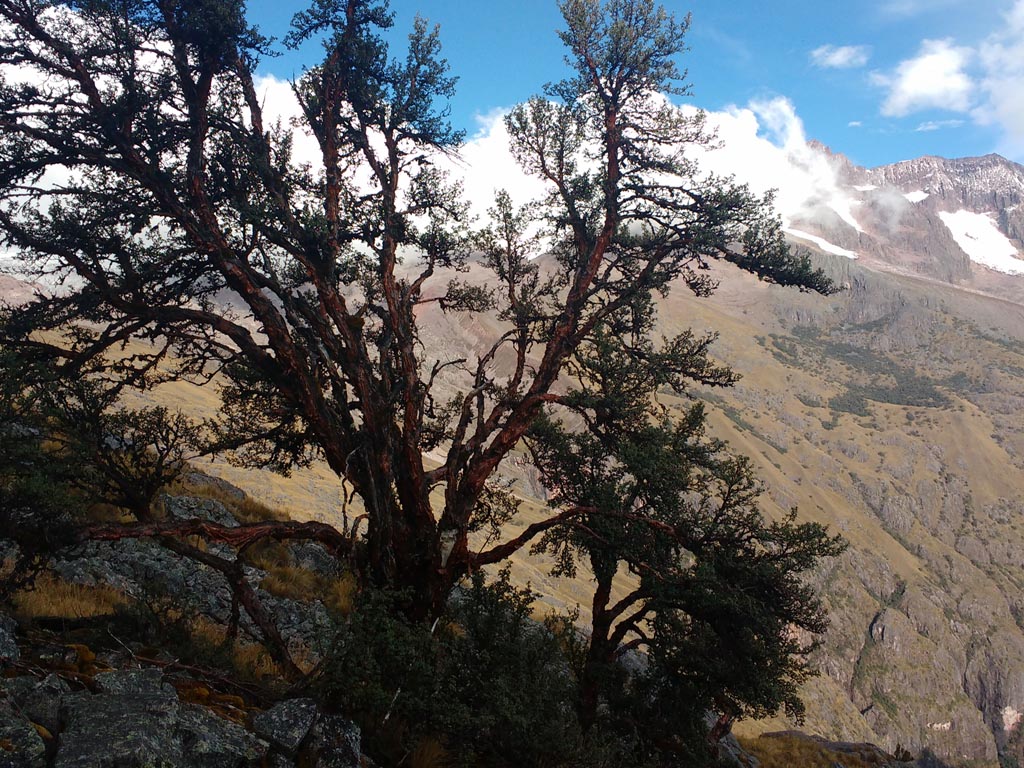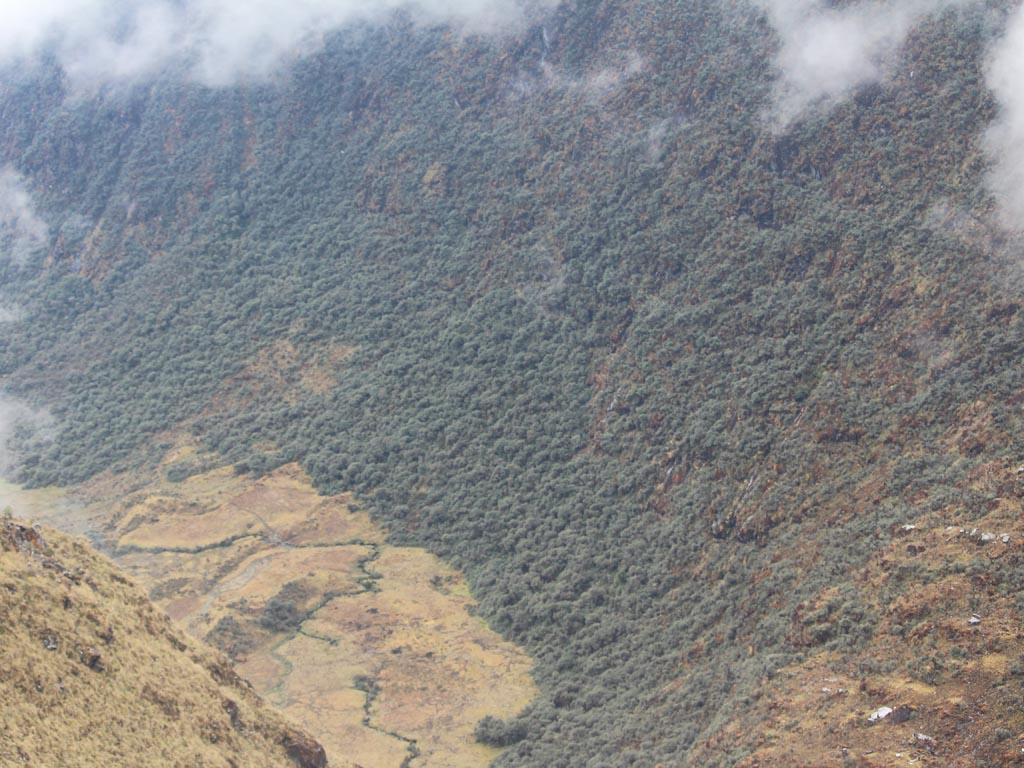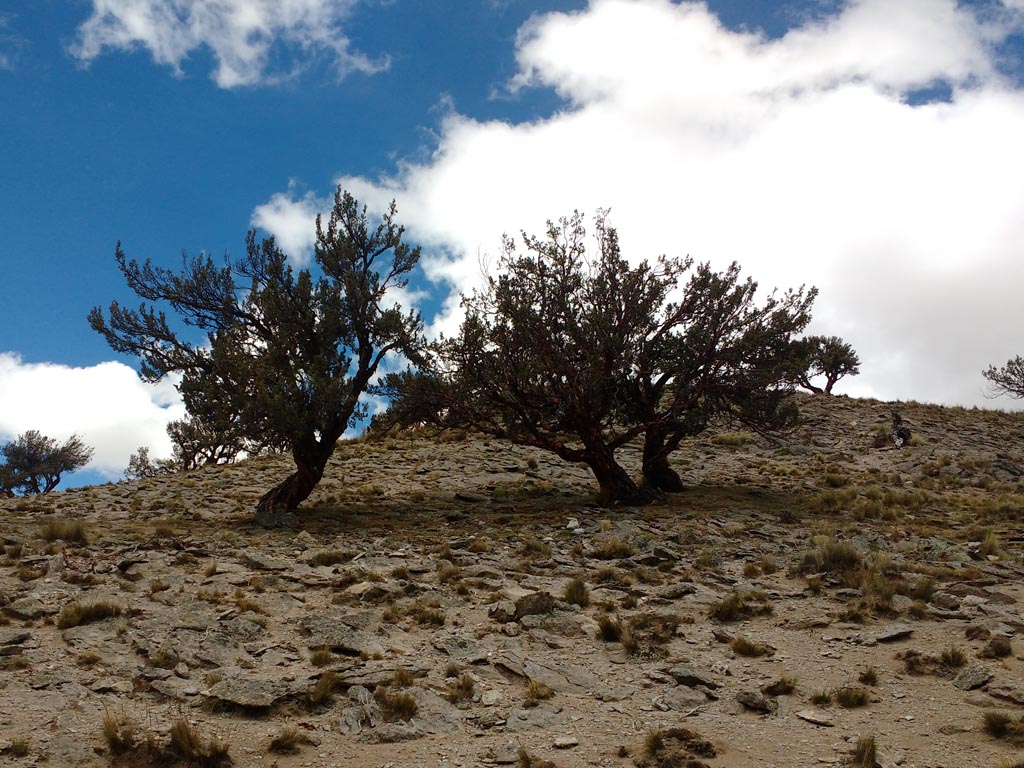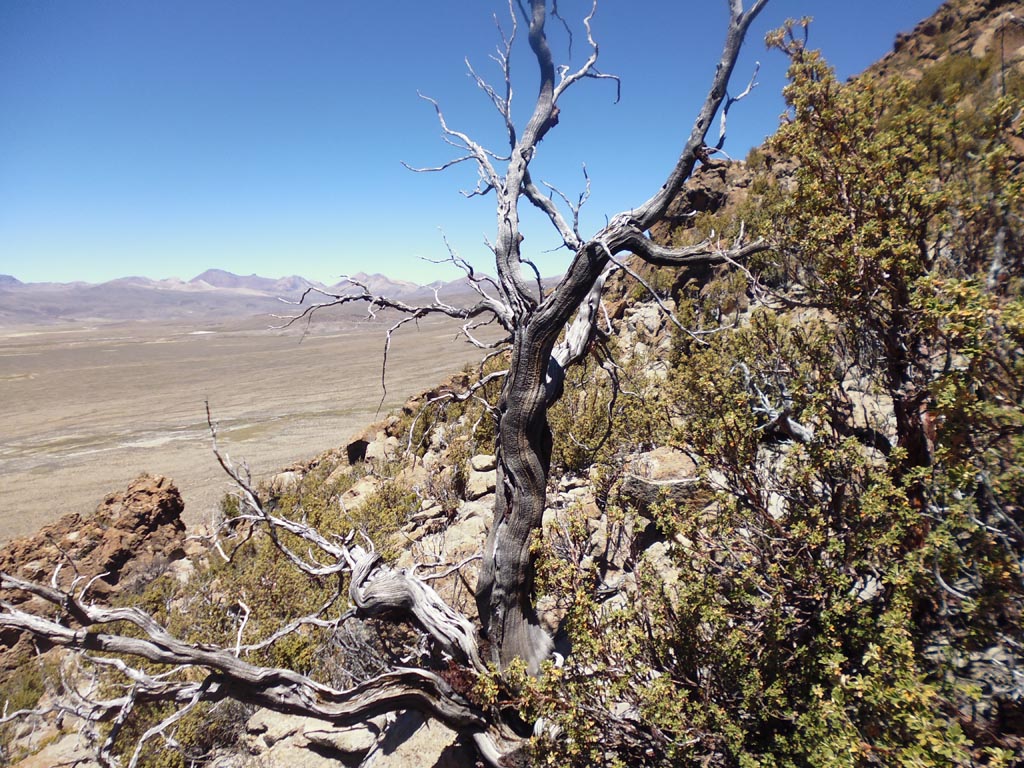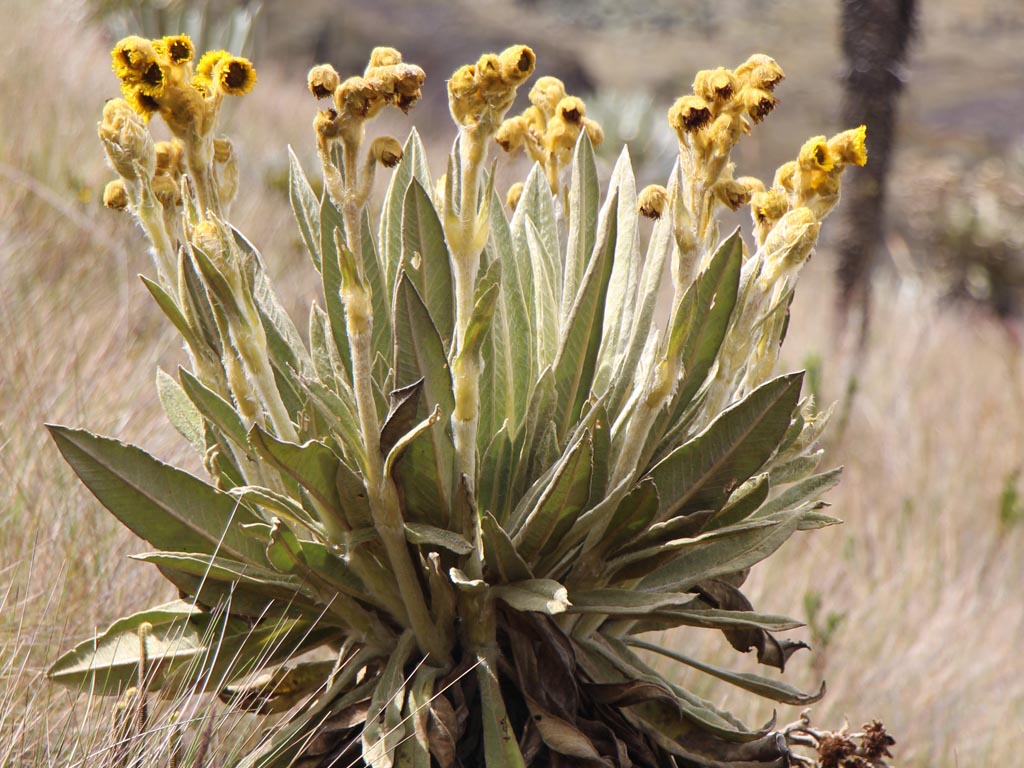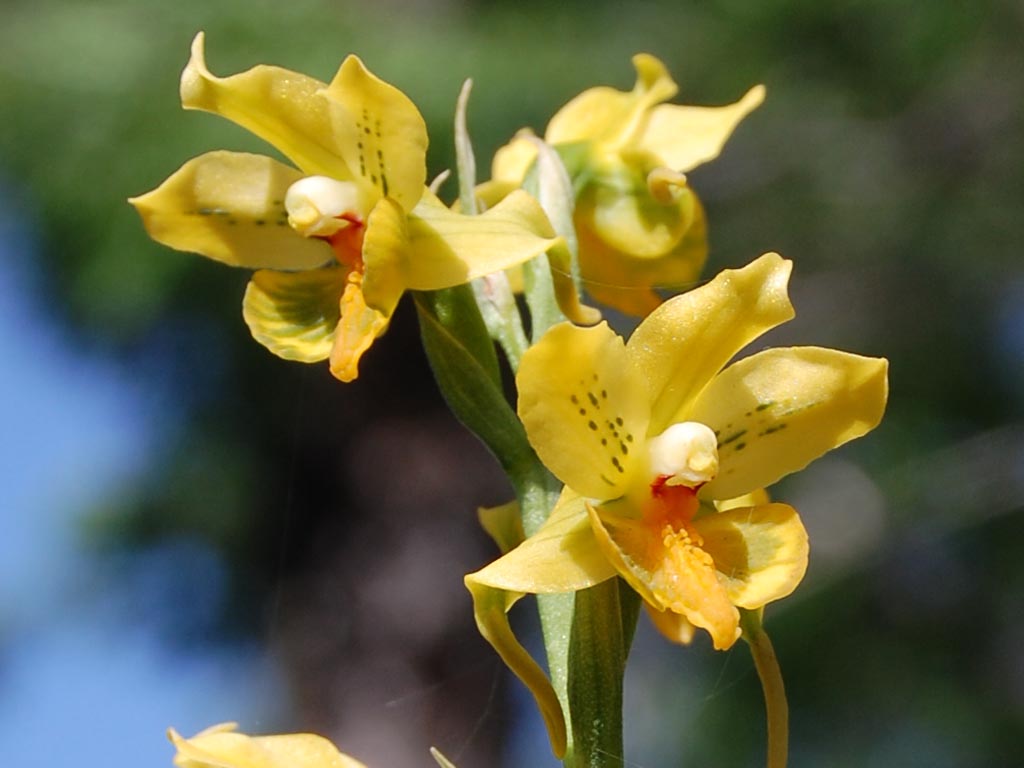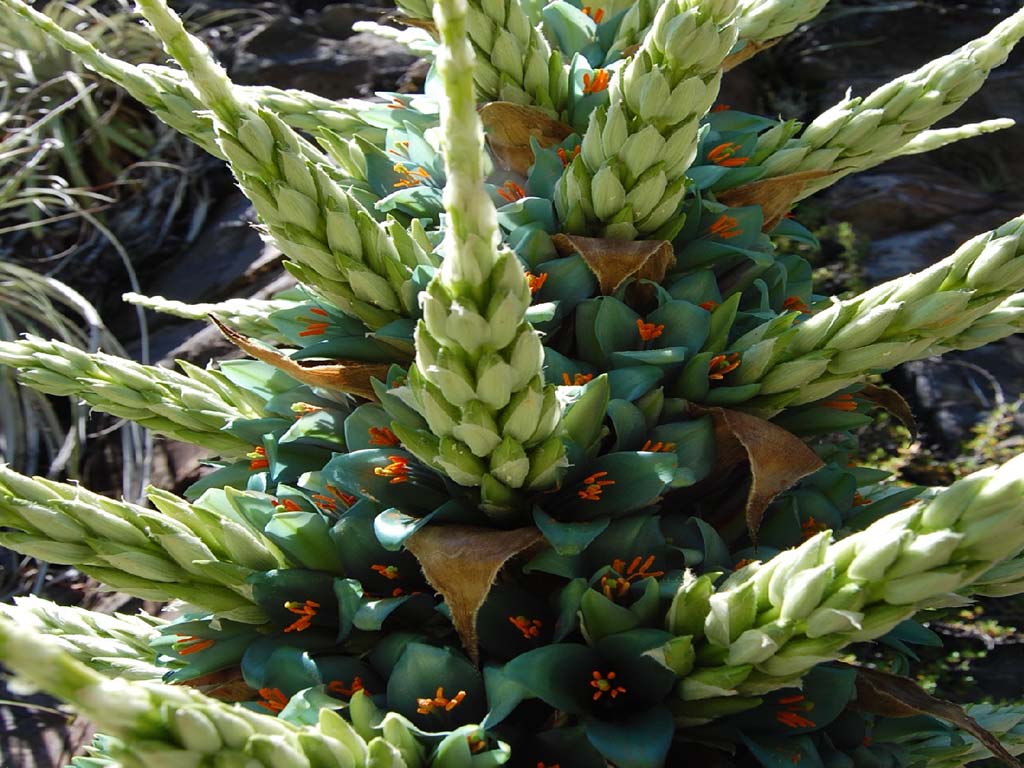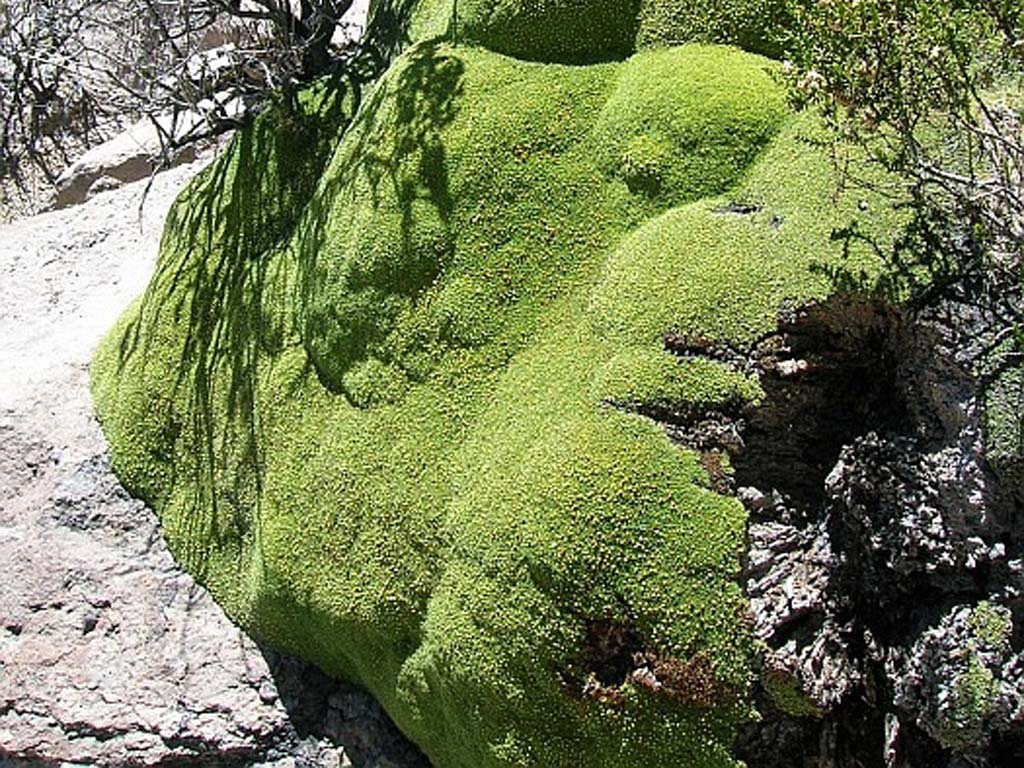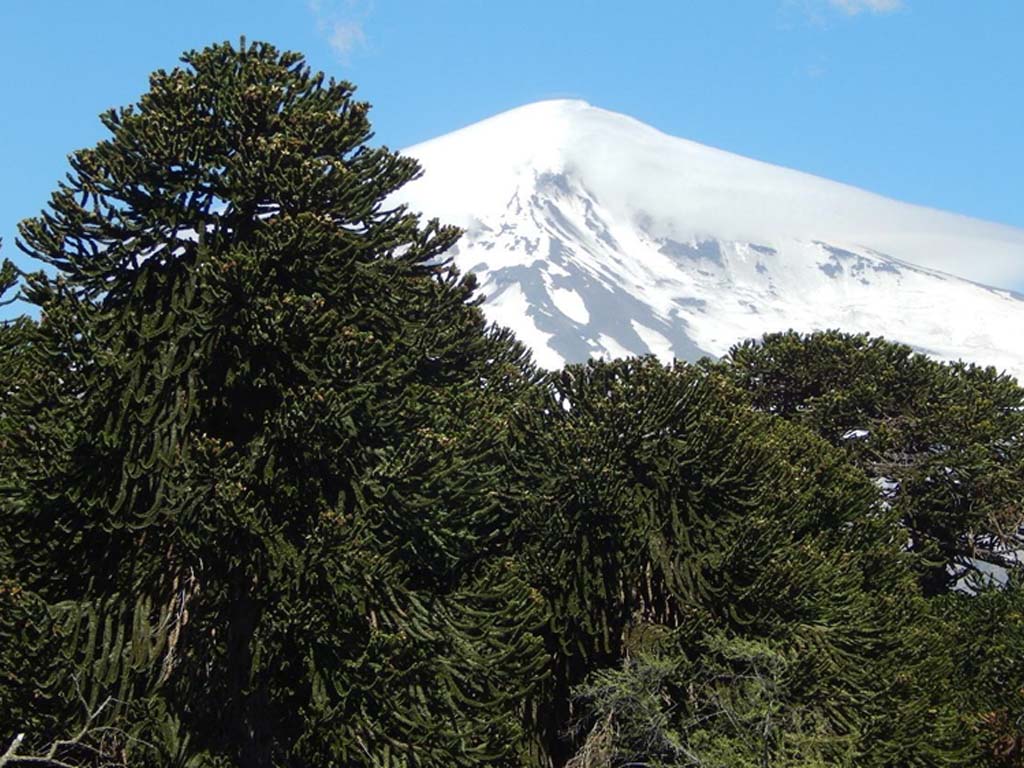
Plant dynamics and Climate Change in the Andes



Top Ten Botanic Gifts from the Andes
Newton Fund Workshop on Plant Dynamics and Climate Change in the Andes, Mendoza 2018
Data
- Polylepis
Description
The remarkable evergreen trees Polylepis sp. which belongs to the rose family, forms the highest altitudinal forests in the world with species growing up to 5000 metres. Most species only survive in small relict populations and as the Andes loose their ice sheets, as a result of climate change, the seeds will be a vital resource for reforestation and restoration. Text by: M. Gardner
Polylepis forests are distributed along the Andes Mountains from Venezuela with Polylepis sericea to Argentina with Polylepis australis. They are also distributed in different environments such as Polylepis tarapacana over 5000 m.a.s.l. in semi-arid environments up to 2500 m.a.s.l. as Polylepis pauta. Text by: J. Requena-Rojas.
The genus Polylepis consist of 28 shrubs or trees species with usually twisted trunks, which can reach a height of 27 m and a diameter of 2 m. They dominate occasional vegetation where the Andes hold the world’s highest elevation woodlands between 4000 and 5200 m.a.s.l., providing numerous ecological services, such as biodiversity conservation, soil erosion reduction, carbon capture, clean water provision, and wood and medicinal plants for local communities. Text by: D. Alarcón

